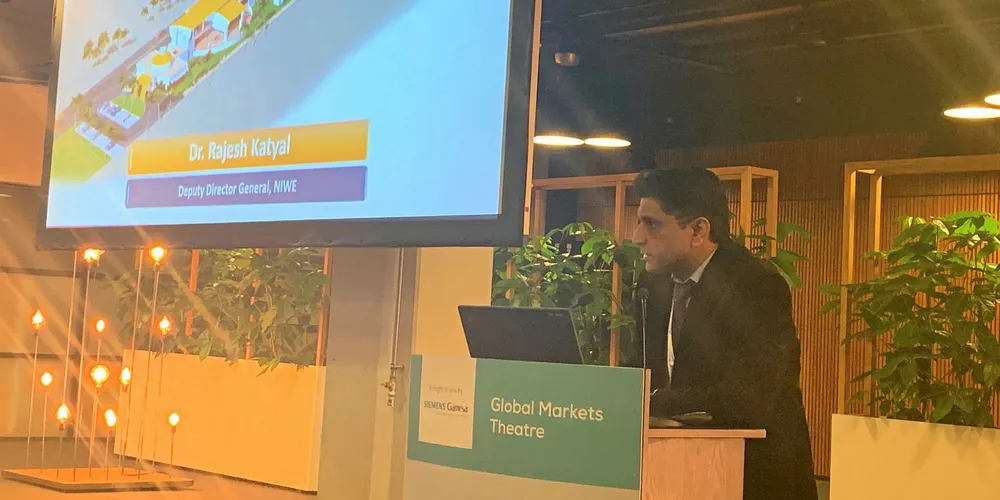India to miss 2022 offshore wind target, says top official
Deputy director general of National Institute of Wind Energy says timetable 'too tight' for 5GW goal set in 2018

Deputy director general of National Institute of Wind Energy says timetable 'too tight' for 5GW goal set in 2018
